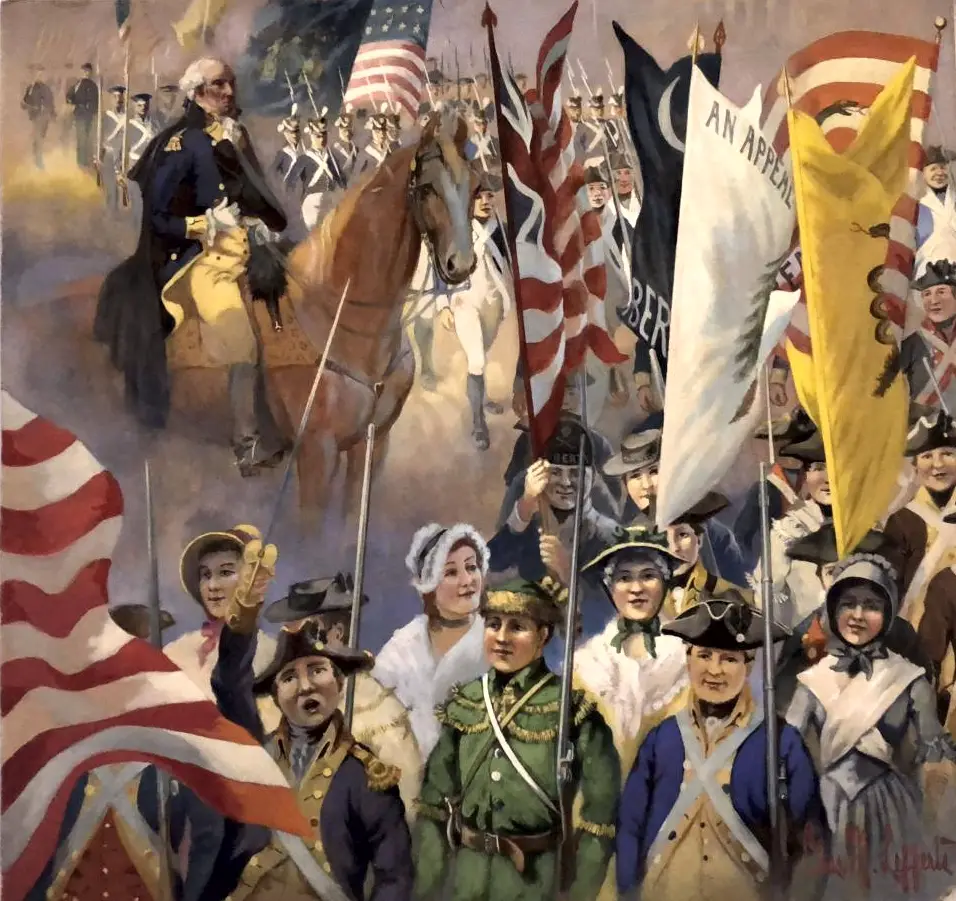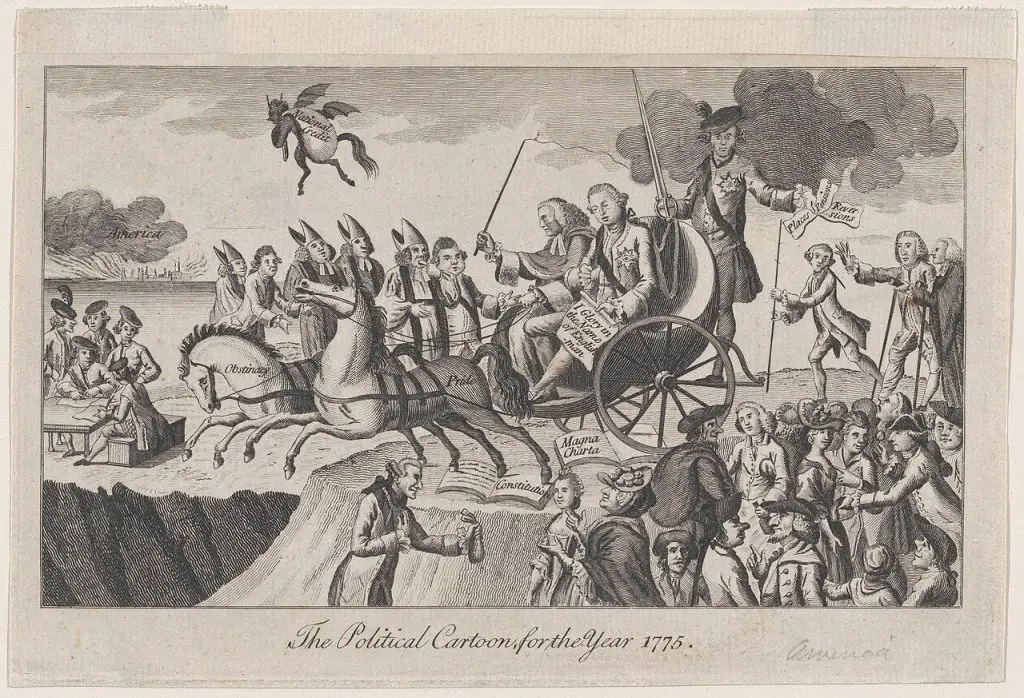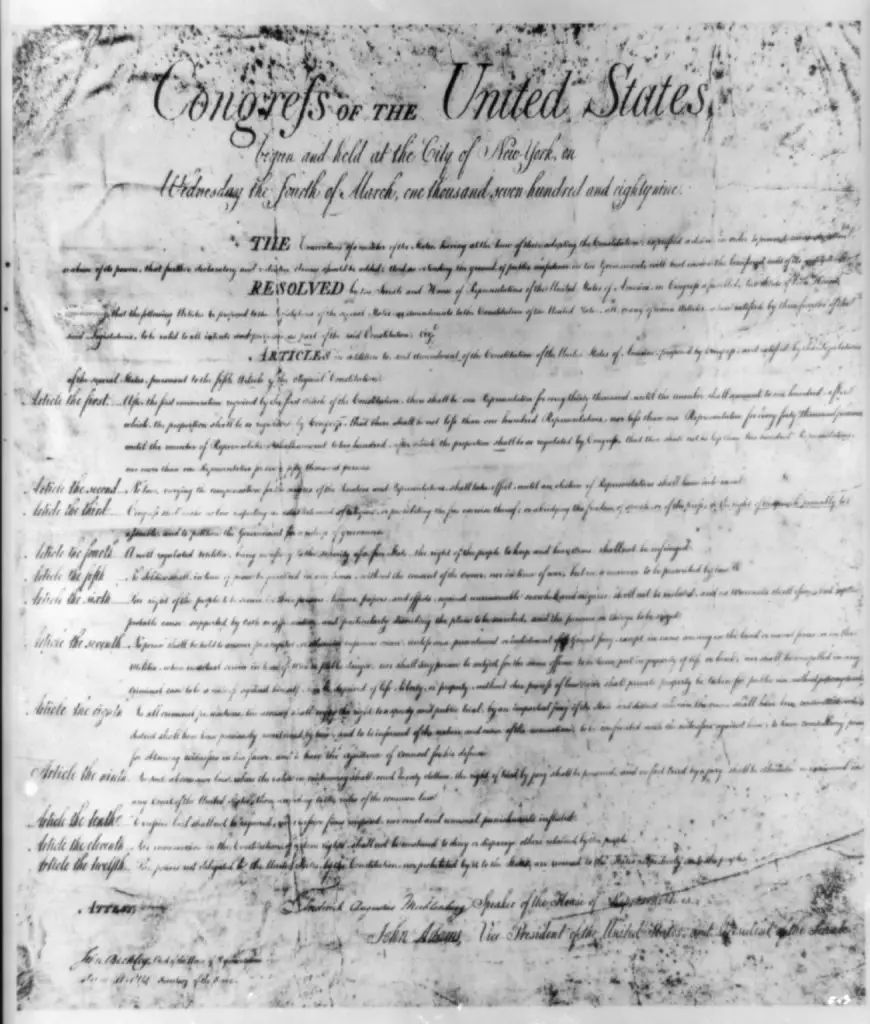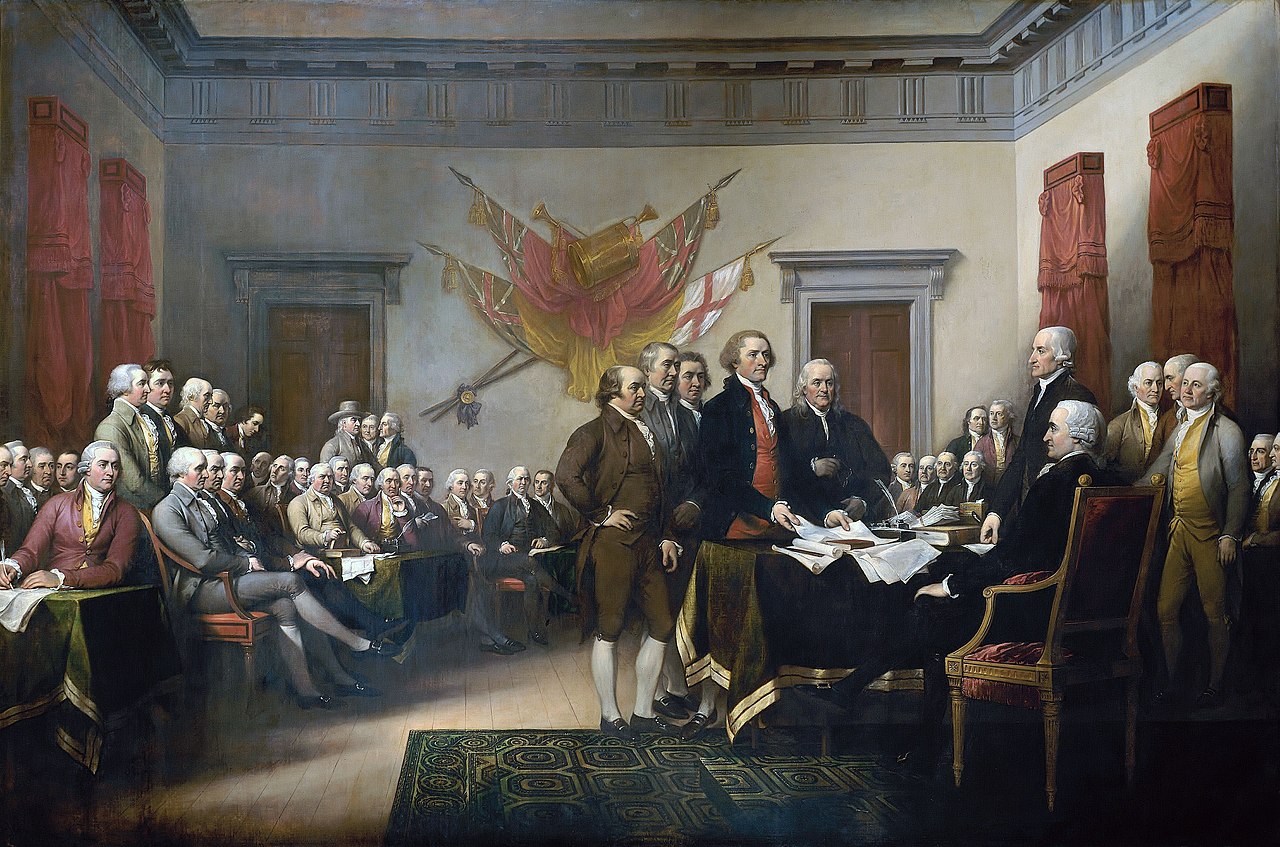 ndependence Day, celebrated annually on the 4th of July, holds immense significance in the United States. It commemorates the country’s declaration of independence from British rule and marks the birth of a new nation. In this article, we delve into the history behind this iconic holiday, exploring the events, key figures, and principles that shaped the United States’ quest for freedom and the establishment of its democratic values.
ndependence Day, celebrated annually on the 4th of July, holds immense significance in the United States. It commemorates the country’s declaration of independence from British rule and marks the birth of a new nation. In this article, we delve into the history behind this iconic holiday, exploring the events, key figures, and principles that shaped the United States’ quest for freedom and the establishment of its democratic values.
The Road to Revolution
The roots of Independence Day can be traced back to the period of colonial America, where tensions between the American colonies and Britain were steadily escalating. The seeds of discontent were sown as the colonists faced numerous challenges, including increased taxation, restrictions on trade, and limited representation in the British government.
In 1774, representatives from the colonies came together for the First Continental Congress, aiming to address their grievances and find a peaceful resolution. However, with the outbreak of hostilities in 1775, the Revolutionary War ensued, as the colonists took up arms to fight for their rights and freedom from British oppression.

On July 2nd, 1776, the Continental Congress formally declared independence from Great Britain, adopting the Declaration of Independence as a statement of the colonists’ intent to establish a self-governing nation. The document, primarily authored by Thomas Jefferson, outlined the fundamental principles of equality, natural rights, and government by consent, which would come to define the American ethos.
The Struggle for Liberty
The years that followed the declaration were marked by intense conflict and hardships for the American revolutionaries. The Continental Army, led by General George Washington, fought against the formidable British forces, enduring significant losses and hardships. The war tested the resolve and determination of the colonists as they sought to secure their independence.
The turning point in the war came with the decisive American victory at the Battle of Saratoga in 1777. This triumph bolstered the colonists’ morale and convinced France to form a military alliance with the United States, providing crucial support in their fight against the British. The war continued for several more years, but the tide had shifted in favor of the American cause.

Finally, on September 3rd, 1783, the Treaty of Paris was signed, formally recognizing the independence of the United States and establishing its boundaries. The Revolutionary War had come to an end, and the nation had secured its freedom after years of struggle and sacrifice.
Forging a Nation
With independence achieved, the United States faced the monumental task of establishing a stable and democratic nation. In 1787, the Constitutional Convention was held in Philadelphia, resulting in the drafting of the United States Constitution. This foundational document outlined the structure of the government and enshrined the principles of separation of powers, checks and balances, and individual rights.

The Constitution, ratified in 1788, set the stage for the formation of a federal government and the inauguration of George Washington as the country’s first president in 1789. The Bill of Rights, comprising the first ten amendments to the Constitution, further safeguarded individual freedoms and liberties, solidifying the principles on which the nation was built.
The 4th of July became an annual celebration of the nation’s independence, serving as a reminder of the sacrifices made by the founding generation and a rallying point for the American people. Throughout the years, the holiday evolved to include parades, fireworks displays, picnics, and patriotic ceremonies, fostering a sense of national pride and unity.
Independence Day Today
Today, Independence Day remains a cherished holiday in the United States, symbolizing the country’s commitment to freedom, democracy, and the pursuit of happiness. It serves as an occasion for Americans to come together, reflect on their shared heritage, and express gratitude for the liberties they enjoy.
Celebrations across the nation feature a wide array of activities, including community gatherings, concerts, barbecues, and fireworks shows. The day is also an opportunity to honor the men and women who have served and continue to serve in the armed forces, protecting the freedoms and values upon which the nation was built.

As the 4th of July approaches each year, Americans reflect on their history, recommitting themselves to the ideals of liberty and equality. It is a time to celebrate the accomplishments of the past and look to the future with hope, recognizing the ongoing work needed to ensure that the principles enshrined in the Declaration of Independence continue to resonate for generations to come.
The history behind Independence Day provides a profound understanding of the struggles, sacrifices, and triumphs that led to the birth of the United States. It serves as a reminder of the enduring values and principles that have shaped the nation’s identity and continue to inspire people around the world. As Americans come together to celebrate on the 4th of July, they pay tribute to their shared heritage and the ongoing pursuit of freedom, justice, and equality.
Avid Writer with invaluable knowledge of Humanity!
Upcoming historian with over 30 million views online.
“You make your own life.”





